Home Blog Web Application Development An Overview of SaaS Application Development
An Overview of SaaS Application Development
- 13 Oct / 2022
- 2,102 views
- 5 Min Read
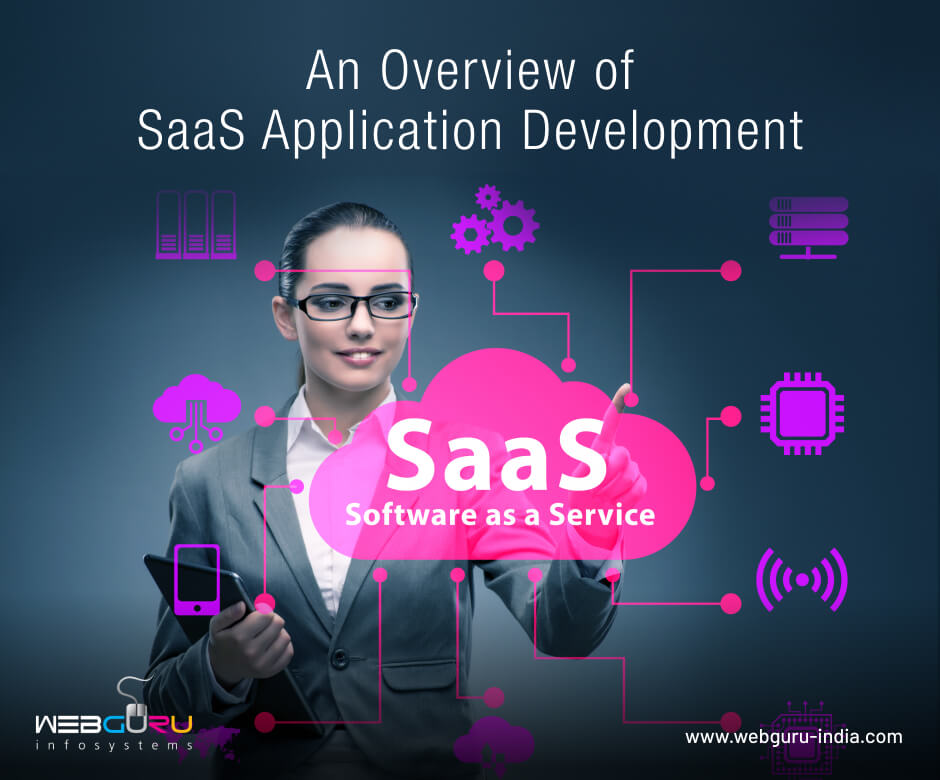
Businesses are constantly looking for new and innovative ways to improve their operations. One great option is to develop a Software-as-a-Service (SaaS) application. In layman’s terms, SaaS is software that is provided over the internet to customers who pay monthly subscription fees. You can think of it as a utility service where you get access to a particular application without having to buy the hardware & software and install it yourself. It’s a great option for businesses because it offers flexibility and scalability.
The Development Process
Developing a SaaS application takes time and effort. Not only is the development process intricate, but it also requires thorough planning as well as monitoring after development. Obviously, it also involves a number of software professionals.
1. Creating a Roadmap
This is one of the most important stages of SaaS development. Creating a roadmap involves comprehensive research and planning to create a concept for approval. Only after approval can the development process move forward. It is important to note that even during development there can be sudden changes such as the urgent requirement of specific features, a change in budget, or a shift in cloud providers. However, the initial roadmap needs to be in place. Here are the processes involved.
A. Research & Analysis
The first step is to research and analyze your exact requirements, and your expectations from your product. There needs to be a meticulous investigation into the industry involved, your primary competitors and their products (if any), and your target audiences. This helps to identify business opportunities, strategies for an attractive and compelling design, and find ways to scale the app in the future. Identifying the end users’ issues and requirements can help to create the concept for an MVP or even a functional prototype.
B. Figuring out Monetization
Building a successful SaaS model is all about monetization. It’s monetization that turns a SaaS application into a business that can be sustained and profitable. There are a variety of methods for monetizing an app, so it’s important to choose the one that will work best for your app. Some of the most common methods are transaction and selling fees, Freemium model, and in-app advertisements. It’s also important to monitor user activity and use data gleaned from this to make critical decisions about future monetization strategies.
2. Creating the SaaS Architecture
Creating the architecture is a key aspect of SaaS development. It affects the overall operation of the applications, the further development steps to be taken, and how it may be scaled business or technology-wise. The architecture tends to be unique to the product as there is no one-size-fits-all architecture when it comes to SaaS. However, distinctions can still be made based on industry, functionality coverage, and tenancy models.
A. Vertical SaaS
– These are created for specific industry purposes, ranging from healthcare to finance, logistics, retail, e-learning, and more. Vertical SaaS usage has risen by 28% since 2020 (Fractal). This is a narrower approach to SaaS development, with each product meant for a specific industry. Byju’s, Blackboard, and MyCase are great examples.
B. Horizontal SaaS
– These are more focused on functionality, and can therefore be used across multiple industries. These are geared towards software categories irrespective of industries, and range across marketing, sales, communication, and more. Mailchimp, Slack, and Dropbox are examples of this type.
Further distinguishing based on tenancy models, we have
C. Single-Tenant Architecture
– This is meant to serve a single paying customer. The tenant gets a dedicated software, server, and database – they don’t have to share. This is greatly advantageous since the buyer can customize the software however they require, and scale up and down as they see fit, especially since they don’t have to share database resources. Oracle Cloud uses single-tenant architecture.
D. Multi-Tenant Architecture
– This is one of the more preferred types of architecture in SaaS development. The clients share a database and the app as well. However, security measures ensure clients’ data stays safe. It can also be combined with single-tenant architecture to create a mixed solution, where certain parts of the application are created to be dedicated to each tenant because of specific business requirements. Google Workspace is a great example of a SaaS with multi-tenant architecture.
3. Developing the App
This is the step where all of the planning will come to life. This is the most time-consuming step and involves constant testing. Popular server-side frameworks include NodeJS, Laravel, Django, and Flask. Commonly used client-side frameworks React, VueJS, Angular, and Bootstrap. When it comes to choosing a database, you have a few options, such as MySQL, MongoDB Atlas, or PostgreSQL. Additional cloud hosting platforms like AWS, Azure, or Heroku, and cloud storage solutions like Amazon S3 are also required.
Data security is also a top priority for both the app developer and the end user. There are several ways to ensure security while developing, like implementing end-to-end data encryption, VPNs, and multi-factor authentication. Creating data deletion policies and conducting regular vulnerability tests is important as well. Such measures will help to ensure data security across distributed databases.
A. Design
Design is key in a SaaS application. User experience is extremely important, and if the design isn’t up to par, users will experience issues while using the app. To ensure a high-quality user experience, it’s important to have a clear vision for the product from the get-go. Take your time and perfect every detail – every pixel counts. Make sure you use high-quality graphics and visuals, as this will reflect in the app’s user experience. Additionally, be sure to use wireframes and prototypes to test different design options. Make sure the look and feel of the app is perfect before finalizing it. Finally, make sure your backend is coded correctly – if not, users will experience issues while using your app.
B. Deploying an MVP
Before you can deliver the perfect experience to your users, you need to have a Minimum Viable Product (MVP) in place. This will help you determine whether the app is feasible and if it has potential customer appeal. It’s also important to have a solid MVP before starting development on a SaaS app as this will help you to avoid common development errors. Once you have a working MVP, it’s time to start planning for deployment. This includes setting up a deployment process and testing your app before releasing it to the public.
C. Testing, Optimization, & Further Development
Now that you have a functional app, it’s time to optimize it for a better user experience. This includes adding all the necessary features, optimizing it for performance and growth, and ensuring that it meets the expectations of your users. To do this, you’ll need to get feedback from your target audience that has used the MVP. After you’ve implemented changes and improvisations based on their feedback, it’s time to add the final touches – features that will really make your app stand out. Keep in mind that the process of app development never ends – you need to keep testing and optimizing your app to ensure a high user experience. Last but not least, use Analytics to track user engagement and see how users are interacting with your app. This will help with immediate updates or patches that you need to release.
4. Monitoring and Maintenance
A good SaaS app needs to be monitored and maintained on a regular basis in order to keep it running smoothly. This is especially important for apps that are used by a large user base. Having an ongoing relationship with a qualified support team is important for ensuring optimal app performance. Various tools can help with this, such as performance monitoring software. Monitoring also enables you to identify and resolve issues quickly, before they become larger problems. By doing this, you can keep your app running smoothly and meet the demands of your users.
Conclusion
SaaS development, just like any other web application development, is a process that requires a lot of planning and coordination. By following the steps outlined in this blog, you can successfully develop a high-quality SaaS app. Take your time and research each step before making a decision, as this process can be quite complex. Once you’ve completed all the steps, it’s time to launch your app and see how users respond!
9 comments
Leave a Reply
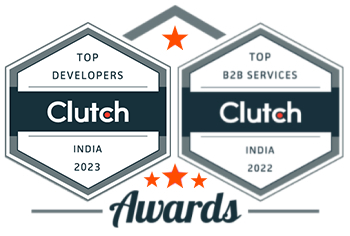
-
1000+
Happy
Clients -
25+
Countries
Served -
19+
Years of
Trust

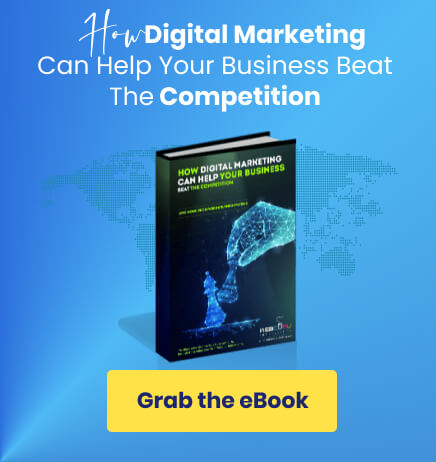
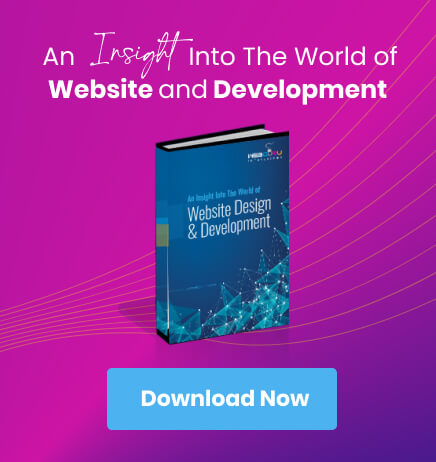
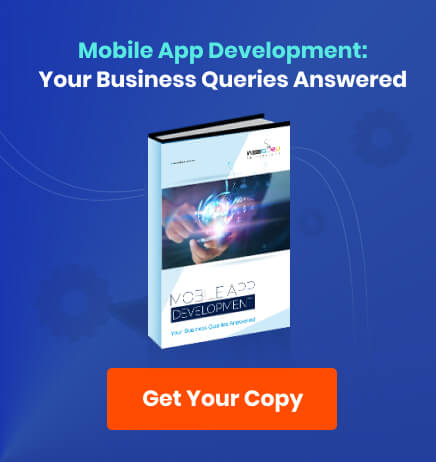


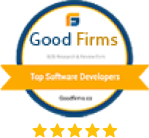


SaaS has gained rapid salience over the past few years. It has made distributed and remote working possible, especially during the pandemic. The article is spot-on in explaining the nerdy stuff.
Kudos for taking time to read our blog and write your valuable comment. Thank you.
A SaaS system can be customized to several levels and many things can be added as per your needs. The blog offers information about the level of customization possible with some SaaS systems and tells whether that will be enough for your needs. Thank you for the info.
Thank you for the article. The explanation is simple and easy to understand.
Thank you for giving an overview of SaaS application development. According to me, the advancements in SaaS application development will be helpful for the industry in many ways.
SaaS has become an important tool/platform to develop software. It helps to identify business opportunities, build strategies for an attractive and compelling design, and find ways to scale the app in the future.
thanks for info
Thank you for sharing your amazing blog on saas application development. We have been developing websites and software’s from a long time, it is really helpful. I recommend it to others.
Your blog is very exciting to read.